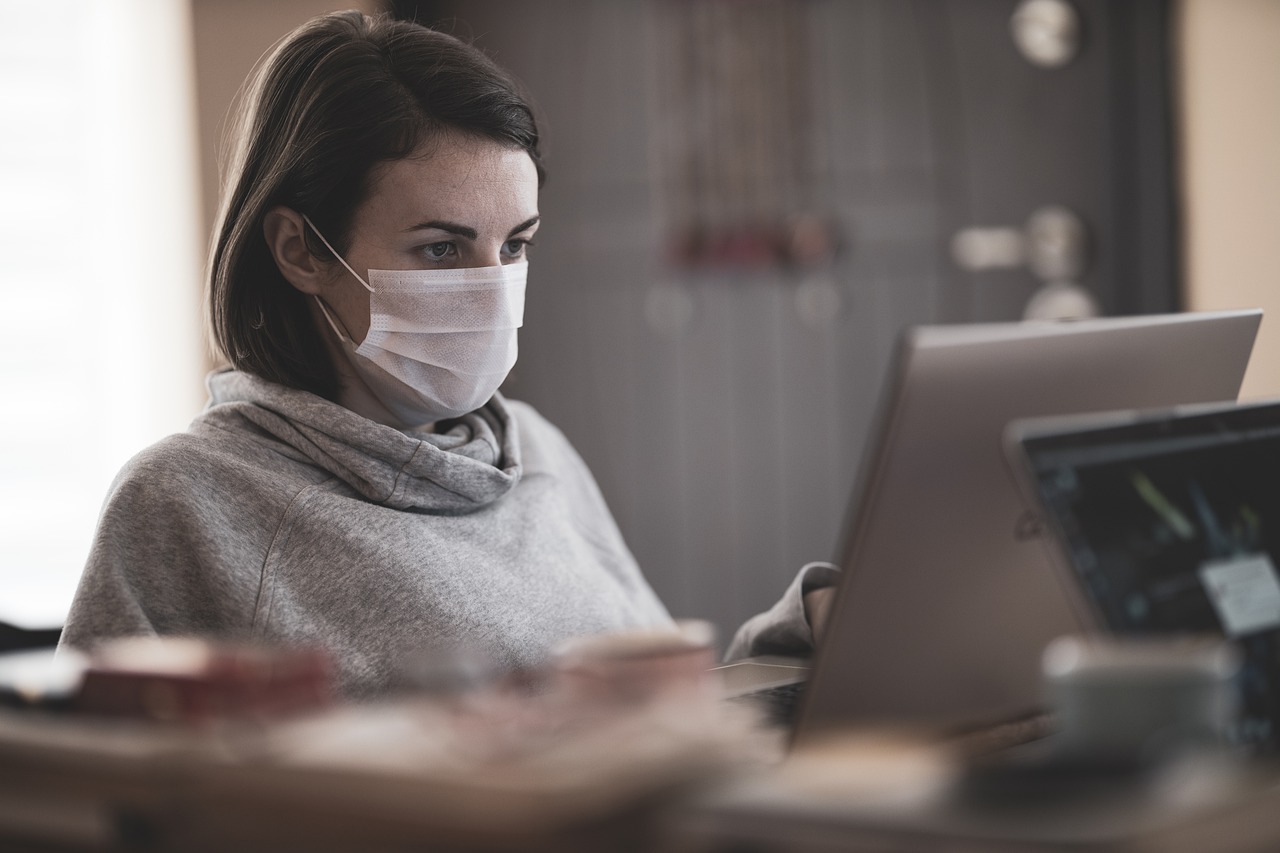
Every organization is unique so every organization’s back-to-work message needs to be uniquely tailored to fit the type of business, workplace culture, and COVID-19 considerations.
I never thought going to the dentist could be exciting. But after 62 days barely leaving the house, getting my teeth cleaned was, well, a pleasure. The office manager set the tone before I even set foot in the building, running through a COVID questionnaire and letting me know about their new safety and hygiene protocols. It gave me a sense of comfort to see that everyone in the practice starting with the nurse who took my temp at the front door had been thoroughly briefed.
My coaching clients have demonstrated that how you communicate is just as important as what you communicate during these challenging times. One of my clients runs an essential manufacturing business and has had team members on the shop floor all along. Even though they never shut down, he put new practices into place by moving equipment six feet apart; keeping air circulating; and giving everyone a bonus check to stock up on items they’d need at home. His message was “all hands on deck, we’ve got work to do and we’re going to do it safely.” His was a process and procedures message—perfect for his no-nonsense team.
Another leadership client heads a family-friendly tourist attraction that will be opening shortly. Because of the face-to-face nature of the attraction, she recognizes that many team members are concerned about coming back to work, despite the safety and sanitation updates. She has allowed team members to take extended leaves of absence and also offers ongoing support and guidance through her company’s Employee Assistance Program. Her loving leadership tone has helped to reassure her team that “we’ll all get through this together” is much more than a cliché.
Consider the following strategies as you customize and communicate your back-to-work plan.
- Be transparent, truthful, and supportive. How you communicate now sets the tone for the future.Be positive and upbeat, but also realistic as you provide team members with info about your plan. They’ve been through a lot and emotions are still running high, so temper candor with kindness.
- Consider your scheduling. Think about creating a work schedule that meets business needs but also provides your team and the people you serve maximum best protection. Consider staggering return dates, bringing in partial staff, and extending work-at-home policies. Have a re-exit strategy in case you get a hit with second wave.
- Establish the new office ground-rules. Communicate your new policies and procedures, including social distancing measures and personal hygiene accommodations like handwashing or sanitizing stations. Let employees know if they need to remove personal items like photographs or plants, so cleaners can access workspaces more readily.
- Plan for a digital cleanse. Your team members may have loaded games, photos, or other items on laptops as they’ve sheltered in place. Let them know if you’re planning to do any digital deep-cleaning so they can remove personal items from their work computers.
- Help people feel safe. Just because you’ve ramped up health and safety measures in your workplace doesn’t mean that people will magically feel safe. Give them time and space to connect with others, share feelings, and adapt to the new environment in their own time.
If you’d like to connect, here are a couple of ways I can help:
Book a Discovery Session.
In this complimentary 30-minute session, we’ll dive into the challenges you’re facing and brainstorm some practical solutions that you can apply immediately.
Bring me in for a Virtual Presentation.
Let’s get your team back into action with my interactive presentation including stories, strategies, and science on The Journey of Change Through the Lens of Hope.


